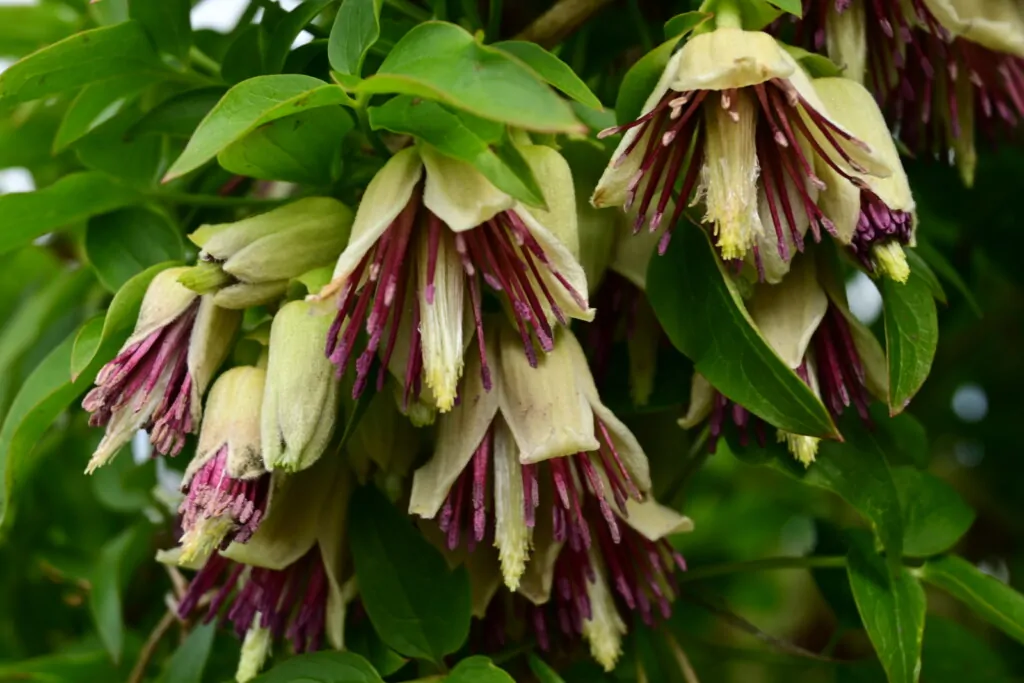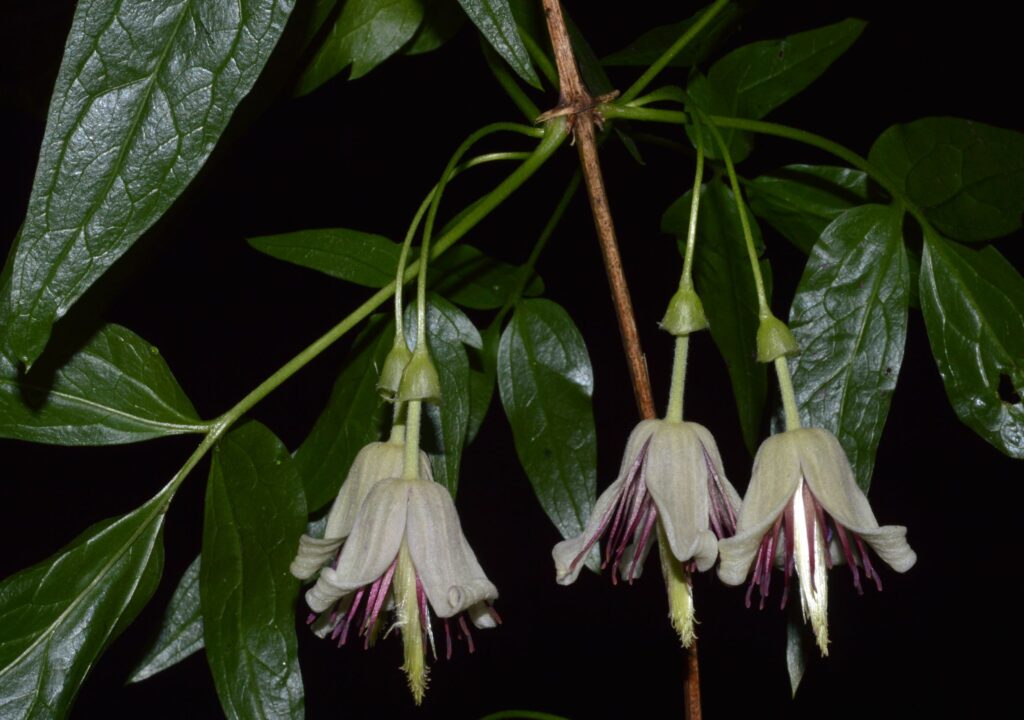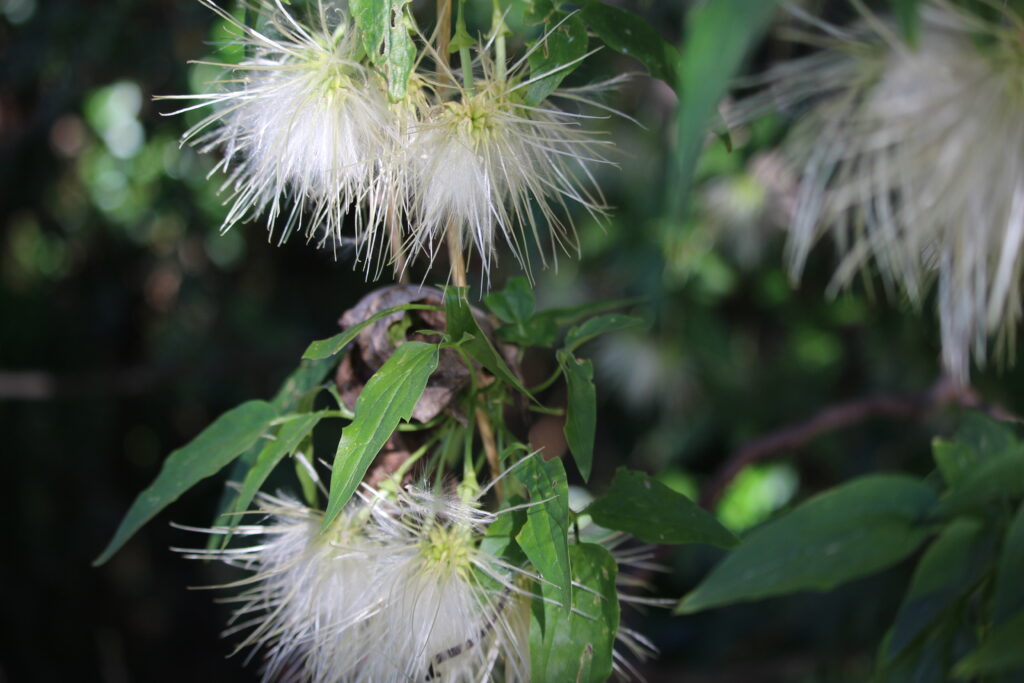
I write this, for me a very special blog, whilst lounging under the massive canopy of my very own winter flowering Clematis Napaulensis. It now stands a good four metres in both height and width. Remarkedly this climbing winter wonder is my most prized and coveted plant in all my garden, not just for winter, but for the entire gardening year calendar. And that is saying a lot.
The happiness it brings to me is priceless. For the last six weeks it has not shut up flowering, fully clothed, even drenched in a stellar froth of the most endearing and daintiest of pendulous delicate flowers. Its pure magic. It’s a starry, starry, night in the middle of the day. And to continue its beauty, large fluffy seed pods, just as attractive, follow its flowering.
No matter how old you are, the spectacle of its flowers conjures up a sensibility of a world full of wonder, where you can believe in the best of things, a world which fires and inspires the imagination, an enchanted fairytale playground, where pixie princes and fairy princesses reside and inhabit, who fly and flip in full fun and merriment. Yes, a perfect world.

C. napaulensis turns the seasons on its head. It is deciduous and thus dormant in spring, summer and autumn.
A good ten years ago I planted the clematis at the feet of a maturing deciduous fruiting fig tree. My initial idea was the framework and structure of the fig’s bare winter branches would supply the perfect host for the clematis to climb and spread. When the clematis has finished its glory and becomes itself deciduous, the fig in turn, leaps into life in spring with its great large foliage and the promise of future fruit. And this glorious cycle continues so easily every year.
Quite crazily this climber in my own garden has never been watered, never been fertilised and never been mulched. It seems to thrive on neglect. Our past hot dry summers combined with restrictive water rationing, has had no detrimental effect on the health of the plant. I suppose it is because in summer it’s asleep, the cycle of the falling leaves of both the clematis and fig provide a rich mulch and the thick leaved canopy of the fig ensures the clematis’ roots are forever sheltered and kept cool. In addition, the honey nectar birds smother the vine in winter and the parrots which feast on the fig’s fruit in summer, in turn fertilise the soil with their droppings. On all fronts it is a great big bingo.
I think it would be just as successful when planted with other clematis varieties or up and through deciduous shrubs and trees such as smoke bushes, crab apples or other vines such as wisterias or grapes.

Regrettably the C. napaulensis is not readily available at retail nurseries. In early winter I always discover scattered seedlings from the mother plant, but alas, lazily I never get around to digging them up and cultivating them, and then it is all too late, they become deciduous and disappear from view. This season I have promised to myself to making zillions of cuttings to propagate this enchanting climber, and to dig up immediately its self-sown seedlings. So, I am confident I will have more than ample new plants to share with my garden friends and colleagues. Here’s hoping.
Coming soon, further blogs of the Clematis Montana and the total groovy Jackmanii varieties.
Happy gardening and have fun,
Ned McDowell